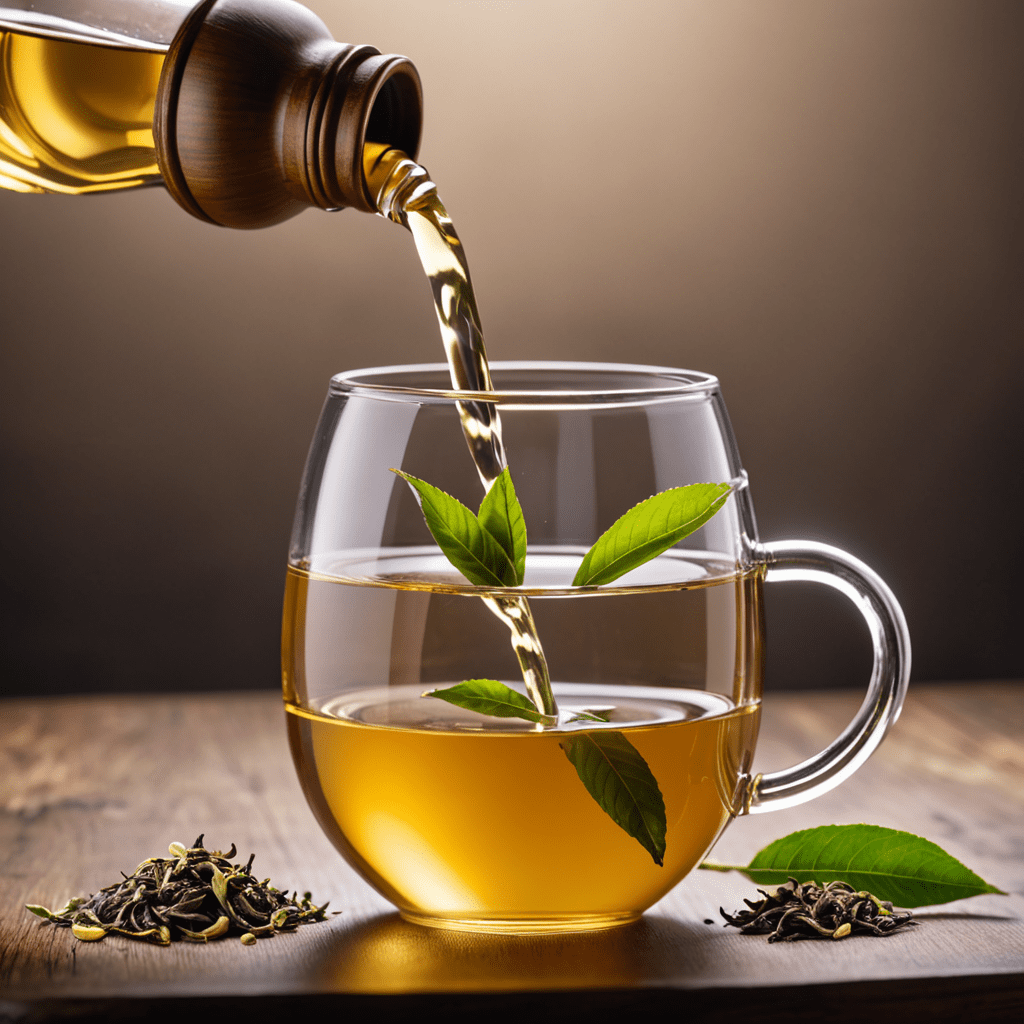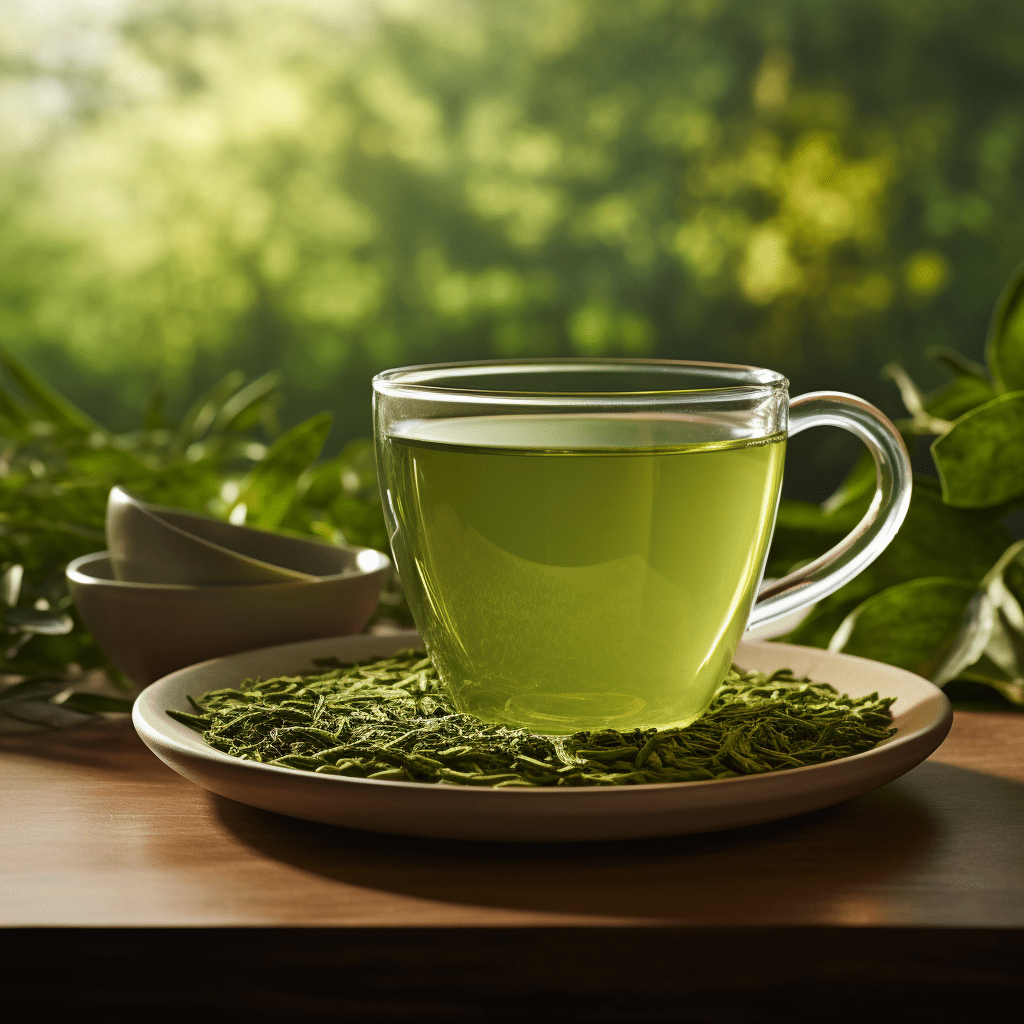White Tea: The Purity in Every Sip
White tea, known for its delicate flavor and numerous health benefits, is a type of tea that undergoes minimal processing. It’s made from the leaves and buds of the Camellia sinensis plant, carefully harvested and dried to maintain the natural purity and freshness. In this blog post, we’ll explore the world of white tea, its history, production, health benefits, and how to brew the perfect cup.
The Origins and History of White Tea
White tea has a rich history dating back to ancient China, where it was reserved for royalty and esteemed for its rare and delicate nature. Initially produced in the Fujian province, white tea has since gained popularity worldwide due to its unique flavor profile and health properties.
Production Process: From Harvest to Cup
Unlike other types of tea, white tea undergoes minimal processing. The delicate buds and leaves are carefully plucked and left to wither and dry naturally, preserving the natural purity and flavor. Understanding the meticulous production process adds depth to the appreciation of this exquisite tea.
The Health Benefits of White Tea
White tea is abundant in antioxidants, making it a popular choice for health-conscious individuals. Its potential health benefits range from improving cardiovascular health to promoting radiant skin. Exploring the science behind these benefits can further emphasize the significance of incorporating white tea into one’s lifestyle.
Flavor Profile and Varieties
The delicate and subtle flavor of white tea sets it apart from other types of tea. With varieties such as Silver Needle and White Peony, each offering a unique taste experience, understanding the nuances of flavor can enhance the enjoyment of this exquisite beverage.
Perfecting the Brew: Tips for Enjoying White Tea
Brewing white tea requires precision and attention to detail to unlock its full potential. From water temperature to steeping time, mastering the art of brewing white tea is essential for savoring its purity and delicate flavors. This section will provide practical tips for a perfect cup every time.
Exploring White Tea Culture
White tea is not just a beverage; it embodies a rich cultural heritage and tradition. Understanding the cultural significance and rituals associated with white tea can deepen the appreciation for this revered drink, adding a layer of cultural insight to the overall experience.
Embracing the Purity of White Tea
White tea, with its simplicity and purity, offers a tranquil and refreshing experience with every sip. Embracing the essence of white tea goes beyond its flavor and health benefits; it’s about savoring a moment of calm and purity in today’s fast-paced world.
FAQs About White Tea
What is white tea?
White tea is a type of tea made from young and minimally processed tea leaves. It is known for its delicate flavor and pale color.
How is white tea different from other types of tea?
White tea undergoes minimal processing, with the leaves being simply withered and dried. This sets it apart from green, black, and oolong teas, which undergo more extensive processing.
What are the health benefits of white tea?
White tea is rich in antioxidants and may help improve oral health, reduce the risk of heart disease, and support healthy skin. It also contains a lower amount of caffeine compared to other teas.
How should white tea be brewed?
To brew white tea, use water at around 175°F (80°C) and steep the tea for 3-4 minutes. It is best enjoyed without milk or sugar to fully appreciate its delicate flavors.
Where is white tea grown?
White tea is primarily grown in the Fujian province of China, but it is also produced in smaller quantities in some other regions, including India and Sri Lanka.
What flavors can be expected from white tea?
White tea often presents subtle and sweet flavors with floral and fruity undertones. It is known for its light and refreshing taste, making it



